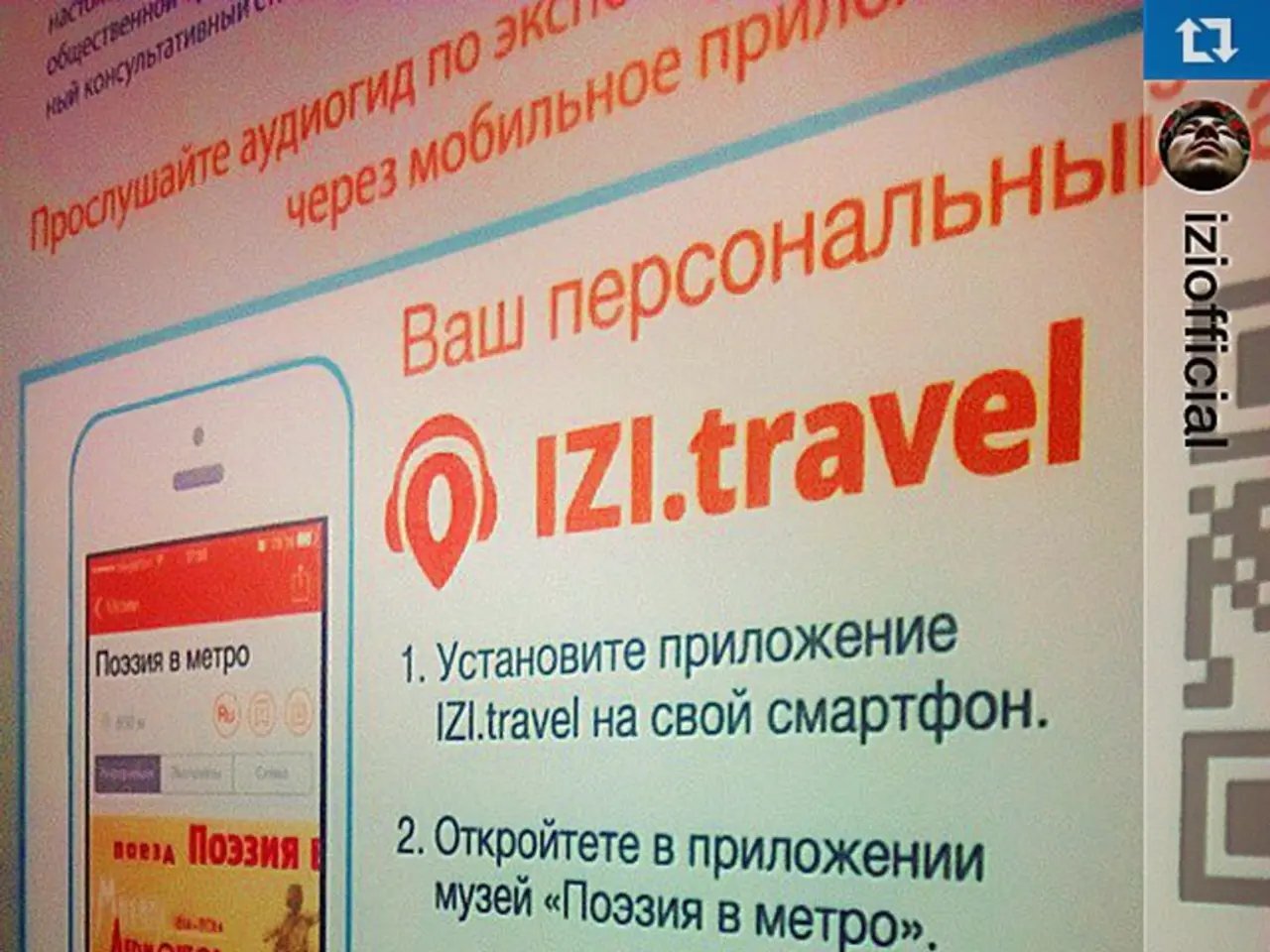Younger adults are bypassing life insurance, with problems like marriage and parenthood being put off, leading to a decline in traditional life insurance purchasing.
In a rapidly evolving world, the life insurance industry is facing a significant challenge as its next generation of customers redefines major life milestones. A recent report by Capgemini Research Institute and LIMRA, The World Life Insurance Report 2026, reveals this shift and offers insights on how life insurers can adapt to meet the needs of younger adults.
According to the report, 25% of younger adults demand easy access to 'living benefits' that support their changing life journeys. These benefits are designed to offer near-term gratification through easy-to-access benefits throughout their life, a feature often not included in a traditional life insurance policy.
Global life insurance executives identify factors such as aging populations and rising longevity, delayed life milestones, and continued economic uncertainty as key drivers of their long-term strategies. In response, the report recommends life insurers focus on three core pillars of transformation: innovate the product, empower the advisor, and forge strategic ecosystem partnerships.
The report suggests launching flexible solutions with living benefits at the core, simplifying underwriting, and gamifying engagement to deliver tangible value across all life stages. It also recommends seamlessly partnering with financial institutions, wellness companies, and HR platforms to deliver timely, contextual value.
However, the report also highlights a gap in the current offerings. While some carriers offer these benefits, 1-in-4 consumers are still turning down life insurance due to confusing processes and complex jargon. To address this, the report advises life insurers to bridge the gap by deploying innovative products and articulating their value in ways that resonate with tomorrow's policyholders.
The report further reveals that millennials and Gen Z expecting an average inheritance of US$106,000 per person. Life insurance remains an important destination for these funds, with forty percent of under 40 adults ranking life insurance and annuities as the third most important pillar for their inheritance investment plan.
Samantha Chow, Global Leader for Life Insurance, Annuities and Benefits Sector at Capgemini, stated that the life insurance industry needs to demonstrate value to include near-term gratification. She further added that the industry should equip agents with AI tools and customer insights for personalized guidance and modernize compensation models to attract the next generation of agents.
Some key companies actively innovating in the life insurance market for under-40 customers are Munich Re, CosmosDirekt (a subsidiary of Generali Germany), R+V Lebensversicherung AG, and LV 1871. These companies are focusing on developing new digital platforms and personalized product solutions that bridge traditional life insurance products with younger generations' financial needs.
Interestingly, 59% of under-40s want direct digital engagement, but just 31% of insurers surveyed offer the platforms to enable it. The report also finds that 63% of consumers under the age of 40 have no immediate marriage plans and 84% have no immediate plans to have a child. This demographic shift necessitates a rethinking of traditional life insurance products and services.
The report also reveals that 32% of younger consumers cite a misalignment with their current stage in life as a barrier to purchasing life insurance. Additionally, 28% of younger consumers cite high premium costs as a barrier. To address these concerns, the report suggests offering more affordable policies and tailoring products to match the specific needs and stages of life of younger consumers.
In conclusion, the life insurance industry is at a crossroads. By focusing on innovation, digital engagement, and personalized products, life insurers can bridge the gap between tradition and the needs of the next generation. The industry that succeeds in this transformation will be well-positioned to meet the financial needs of tomorrow's policyholders.








